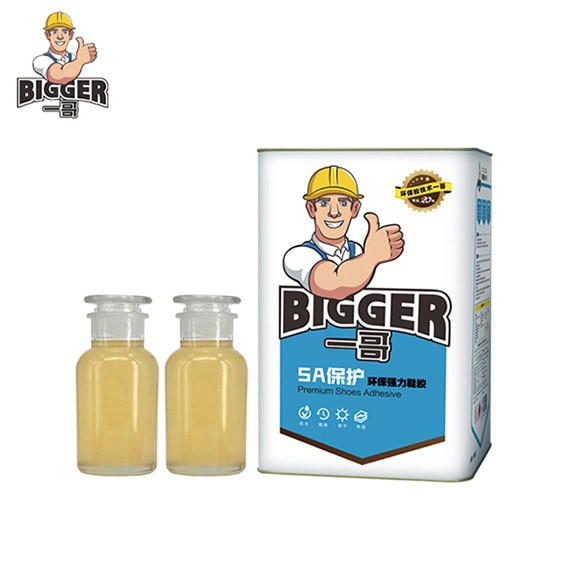Did you choose the right PU glue?
PU glue for shoes is mostly used for adhesive products for outsole bonding. I think that the most suitable adhesive product is needed. The embarrassment of losing the rubber on the soles and letting the soles fly out or keep mouth open is basically gone now, because the overall performance of the current PU rubber for shoes has improved and the viscosity has improved.

How to use PU glue for shoes We know that the requirements of PU glue are different for manual operation and assembly line operation. The bonding material will have a certain effect on the performance of PU glue. In fact, whether the viscosity, opening time and surface drying time of PU rubber used in shoes meet the technical requirements. Make sure that the method is left for 24 hours after bonding, and check whether the bonding effect can achieve material breakage. The material breakage meets the process requirements, otherwise it fails to meet the requirements.
Maybe you think that the PU glue we use can reach the material damage, is it right to choose the right PU glue for shoes? The PU adhesive ensures the quality of the shoes. It is determined that the price of the shoes is in addition to the design, materials, and midsole.
The adhesive products used are in line with national environmental protection production requirements, but consumers do not understand that their basis of judgment is the residual odor of shoes. The above three products can be used in the environment where the glue volatilizes quickly, such as manual operation and ventilation of the production workshop. If assembly line production is recommended, use our first-grade PU glue to ensure that the finished product is odorless or small. The smell of the finished product can be confirmed before packaging.
In addition to stickiness, open time, surface drying time, and odor, there are also brushability needs attention. The PU glue thread will stick to the clothes of the gluing master or the surface of the shoes, increasing the workload of the gluing master and slowing down the production efficiency.
